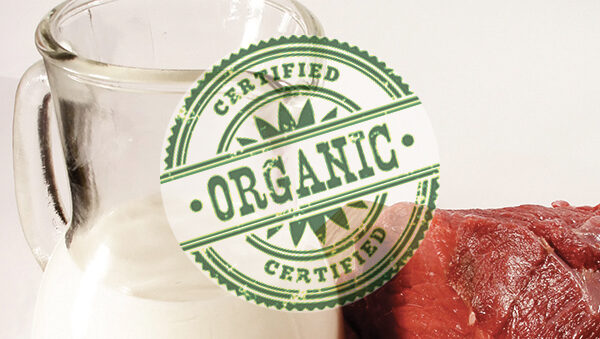For more than a generation, government dietary guidelines have urged Americans to avoid full-fat dairy products. The thinking behind that recommendation is beginning to change, however, and it may shift even more based on recent research suggesting that dairy fat could actually lower the risk of type 2 diabetes.
The study, published in March in the journal Circulation, began in the 1980s. Researchers at Harvard’s T.H. Chan School of Public Health collected blood samples from 3,333 subjects and measured their biomarkers for dairy fat. Over the next 20 years, they monitored which of the subjects developed type 2 diabetes.
Study author Dariush Mozaffarian, MD, MPH, reports that after controlling for demographics, diet, and other lifestyle factors, those who consumed the most dairy fat in those intervening two decades “had about a 50 percent lower risk of diabetes.”
Mozaffarian explains the link by pointing to evidence that “when people consume low-fat dairy, they eat more carbohydrates” to counterbalance, likely because low-fat dairy isn’t as satiating as full-fat options. As a result, these people tend to consume more calories — often in the form of highly processed carbs, which trigger a metabolic response that can lead to insulin resistance and type 2 diabetes.
The study only proves correlation — not causation — between full-fat dairy consumption and lowered diabetes risk. More research will be needed to support the link this study proposes, but Mozaffarian recommends that the federal government reconsider its National School Lunch Program rules, which allow for only skim and low-fat milk. “The national policy should be neutral about dairy fat,” he says.
For more on the debate about low-fat and full-fat dairy, see “Skimming the Truth.”




This Post Has 0 Comments